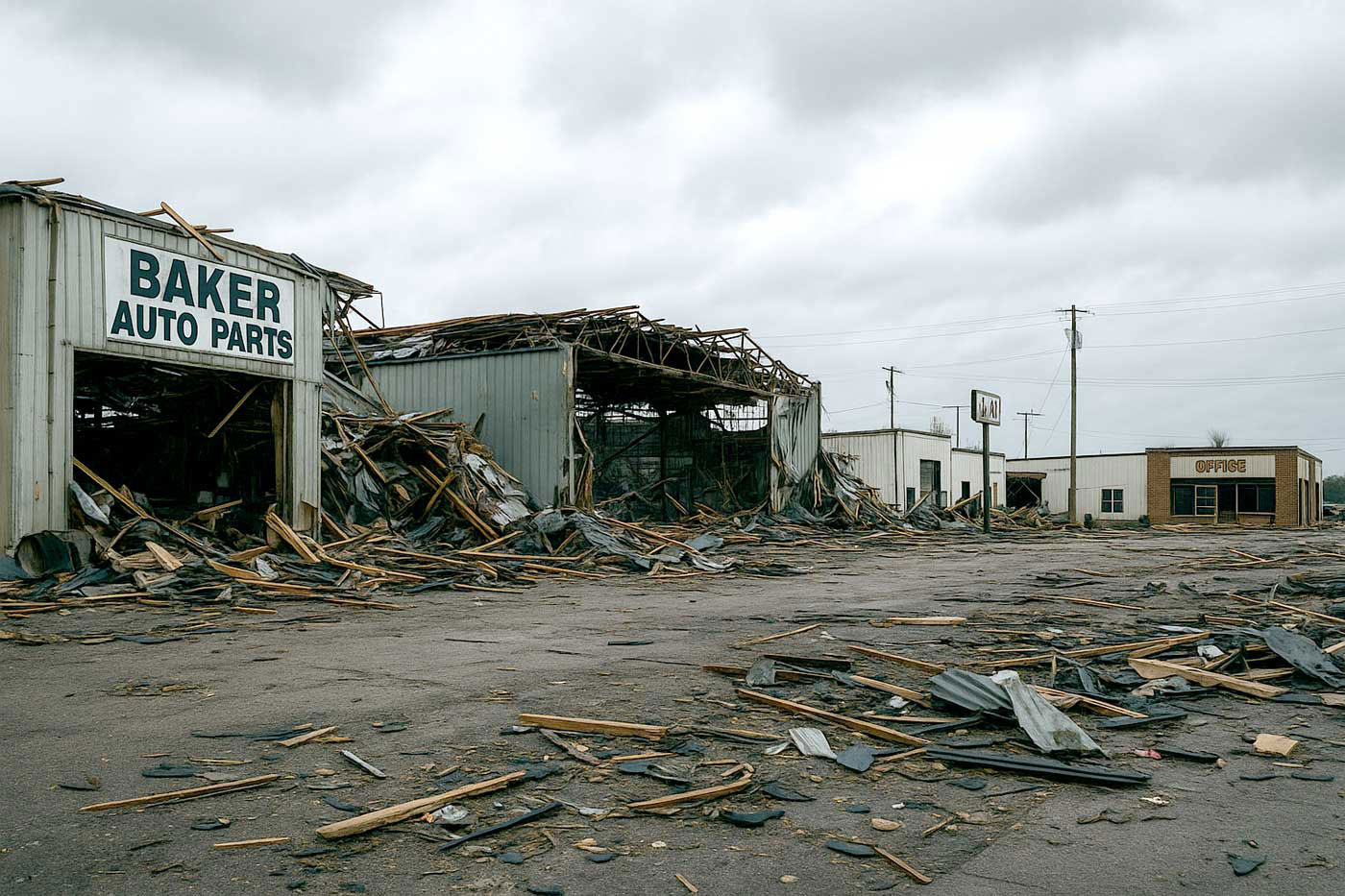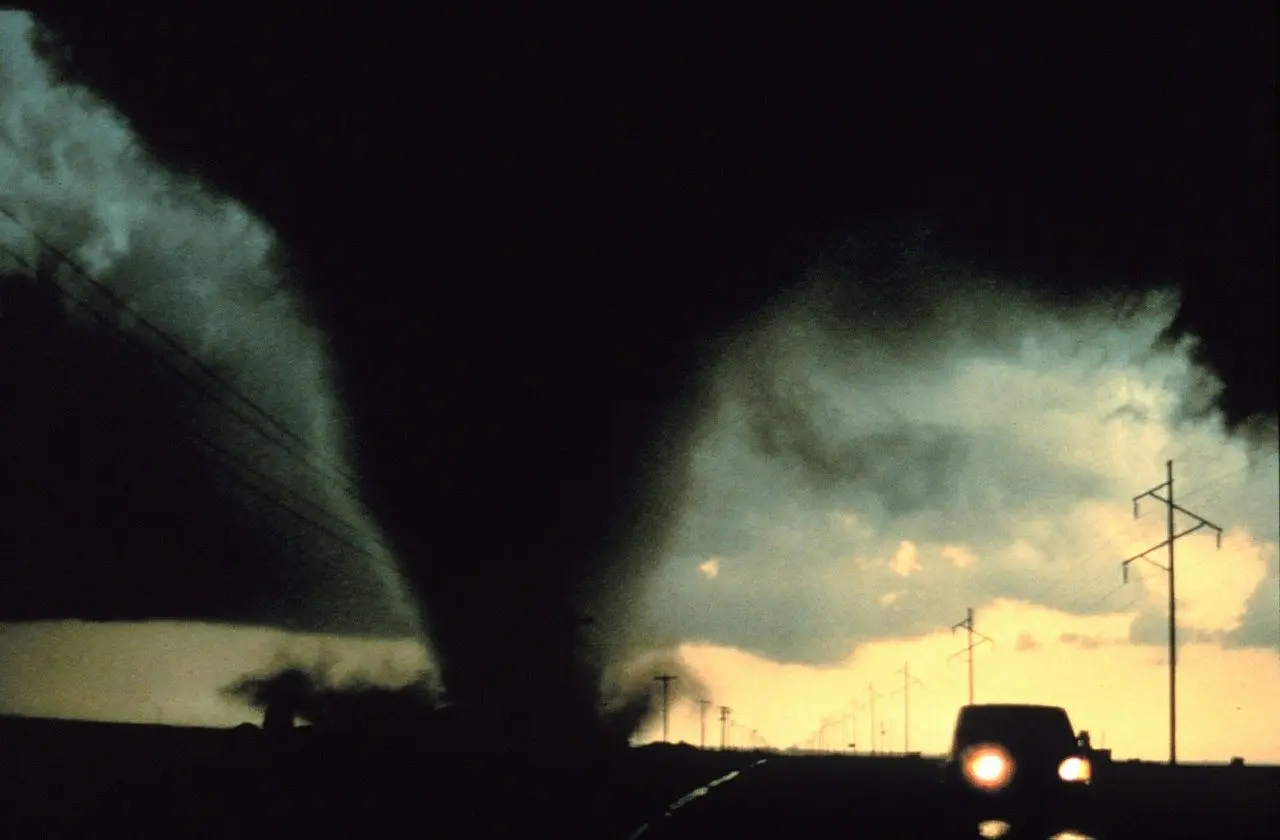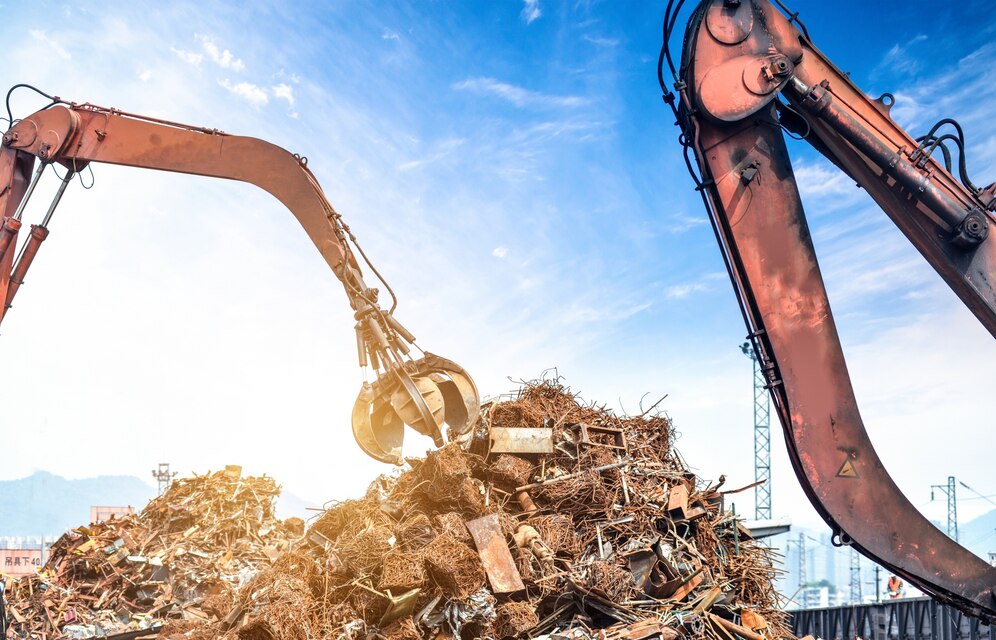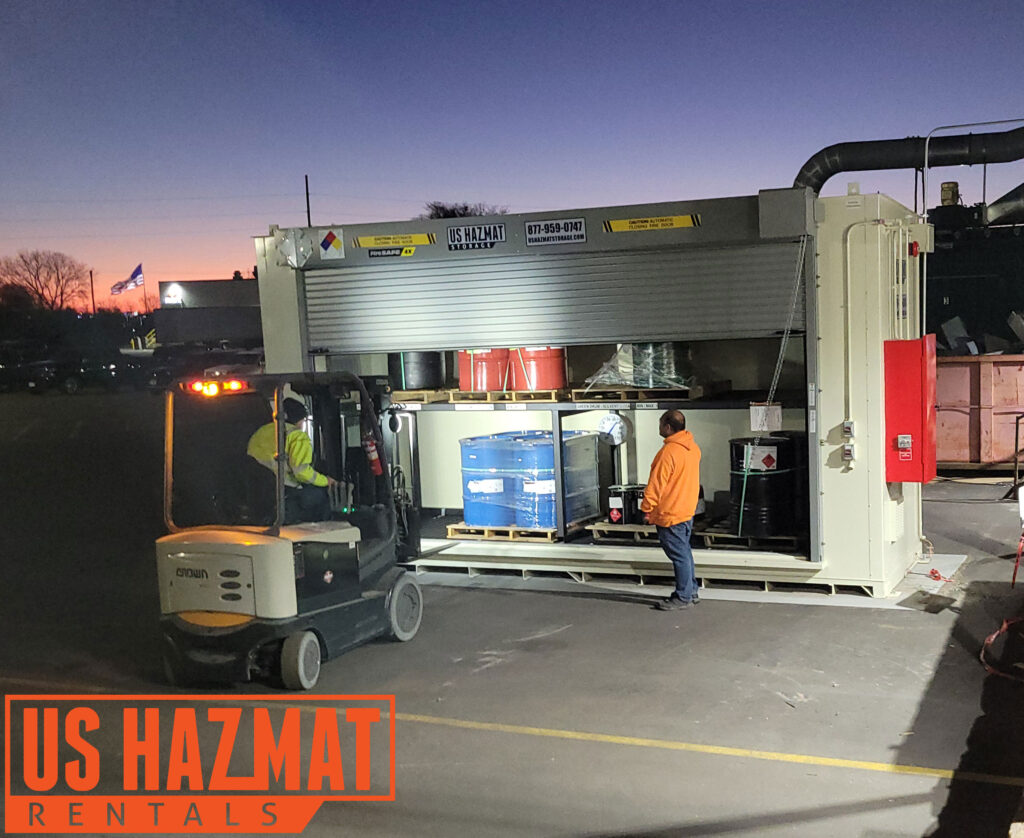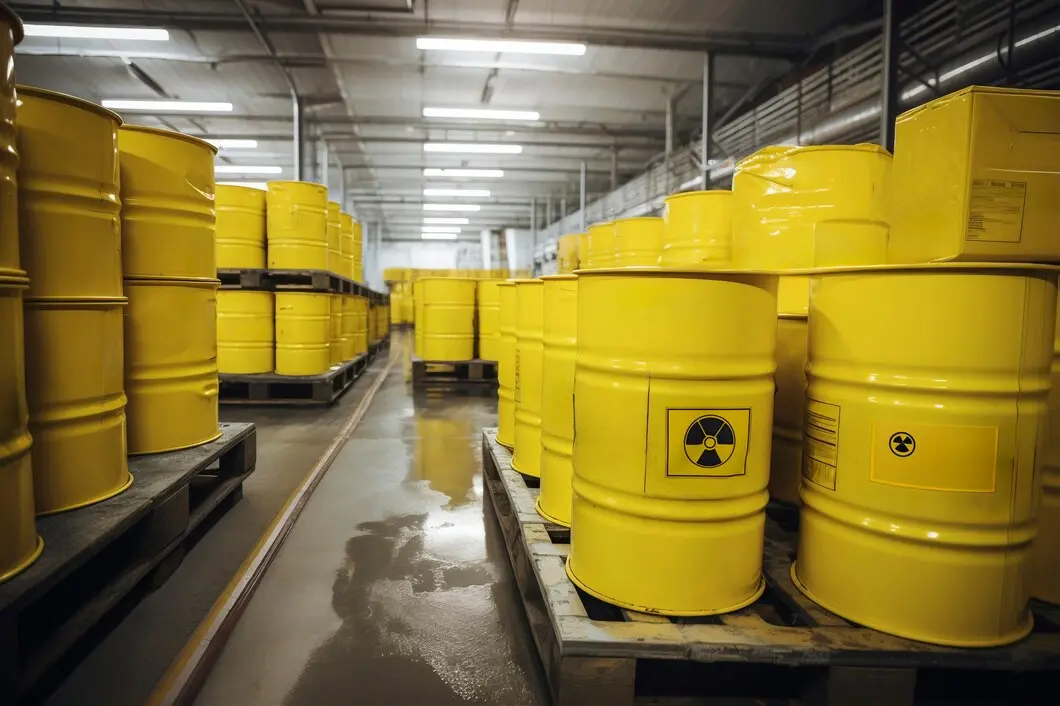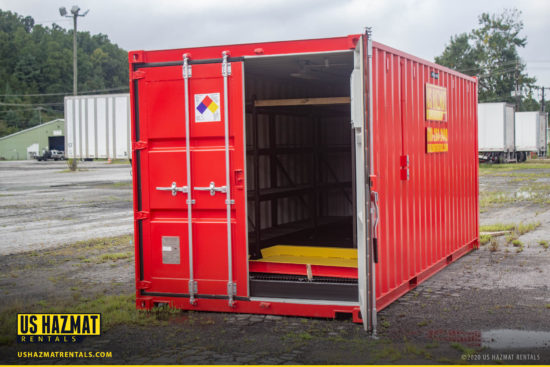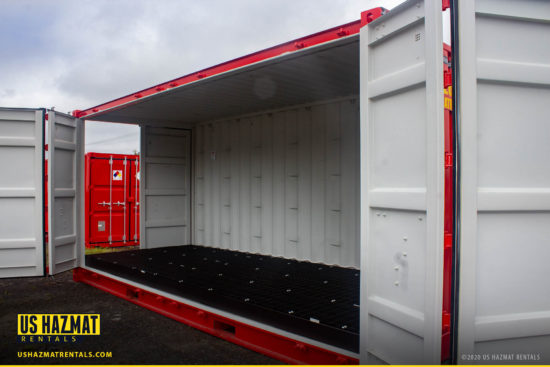Tornado Shelter Report – Storm Damage News and Emergency Shelter Solutions
Tornado Shelter Report – Storm Damage News and Emergency Shelter Solutions Tornado Shelter Report: Emergency Storm Updates for Businesses and Communities Published by US Hazmat Rentals | Updated Weekly Latest Tornado Outbreaks and Commercial Impact Over the past week, severe weather systems have triggered multiple tornadoes across Texas, Oklahoma, and parts of the Midwest. Businesses,…
Details